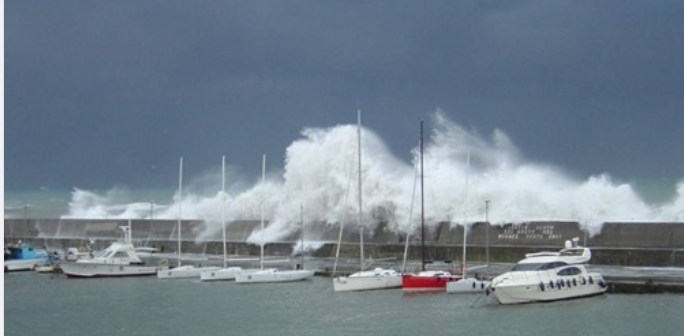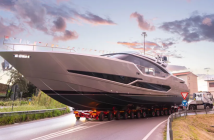Here’s some great advice about docking from the British magazine Motorboat & Yachting. Whether you’re new to boating, or an old salt, it helps to review some basic maneuvers, particularly docking in less than ideal conditions. Read on:
Harbour manoeuvres are a common nightmare among boaters. The  anxiety that often characterizes the minutes before the berthing manoeuvre passes with a little experience. But if this is true in normal conditions, things get more complicated when wind (especially crosswind) starts to blowing.
anxiety that often characterizes the minutes before the berthing manoeuvre passes with a little experience. But if this is true in normal conditions, things get more complicated when wind (especially crosswind) starts to blowing.
The following are some experience-based tips which, however, are subject to an infinite number of variables, such as wind speed and direction, spaces available and boat type. Consequently, what we are proposing you today are not absolute dogma but general rules to be adapted to individual situations.
Let us begin by dispelling a myth. Stern-to mooring is not mandatory. Especially in strong wind conditions. Stern-to mooring is, in fact, an all-Mediterranean habit, justified by the favourable weather conditions normally found in that sea. In North Europe, where weather is much more inclement, bow-to mooring is the most widespread berthing method.
In this regard, there are two essential notions that deserve to be taken into consideration: crosswind is the most annoying wind, both when entering the harbour and approaching it (when lateral pressure inevitably moves the boat leeway). Contrary to windless calm situations, where you can manoeuvre very slowly to minimize the risk of damage, strong wind requires to be faster.
 Secondly – this time it’s a true dogma – it is absolutely important to prepare both your boat and crew.
Secondly – this time it’s a true dogma – it is absolutely important to prepare both your boat and crew.
Fenders, coiled ropes and instructed crew are essential requirements for a properly performed manoeuvre.
Now, let’s try to analyze the typical situation when many boaters regret loving sailing: berthing in a strong crosswind.
If the situation is that indicated in the drawing, the advice is to get to windward stern-to. This way, the boat is better controlled and, above all, the captain avoids the situation of moving forward with the bow up wind and then having to stop the boat and reverse, with the certainty of seeing the bow drift quickly on the left. Read more:




